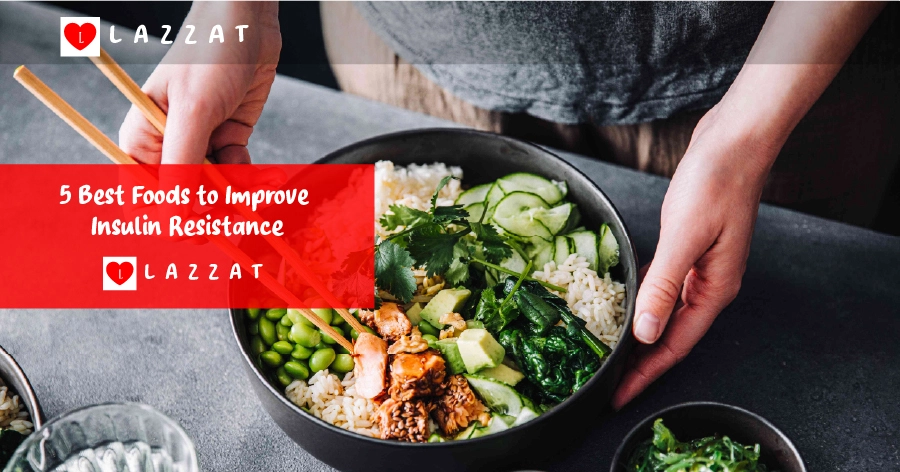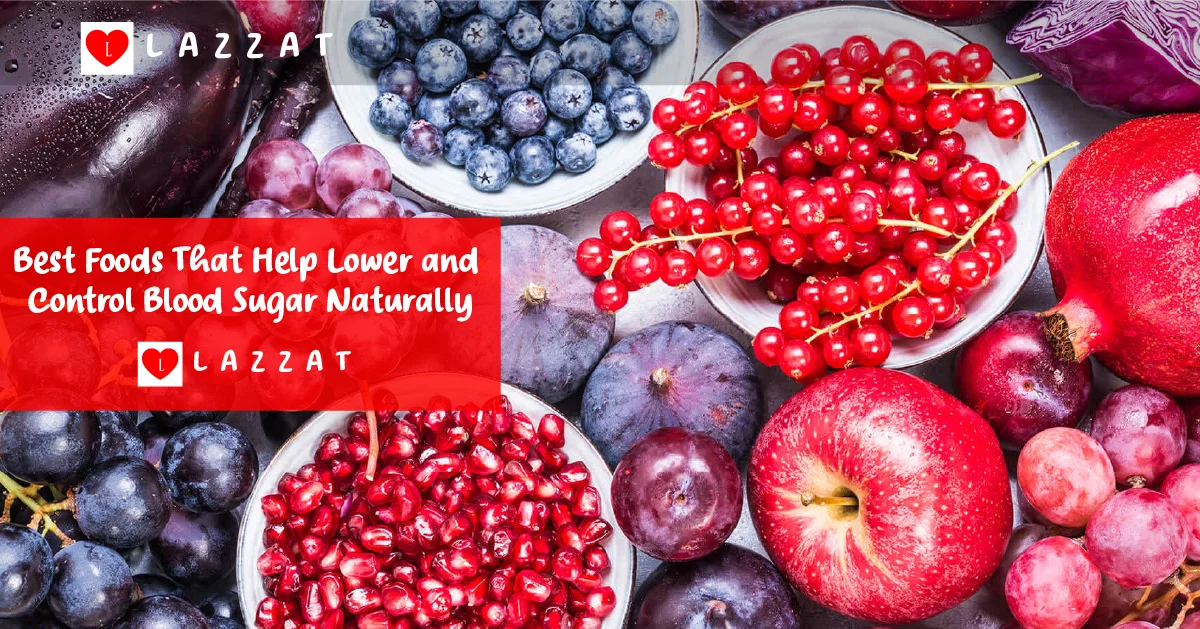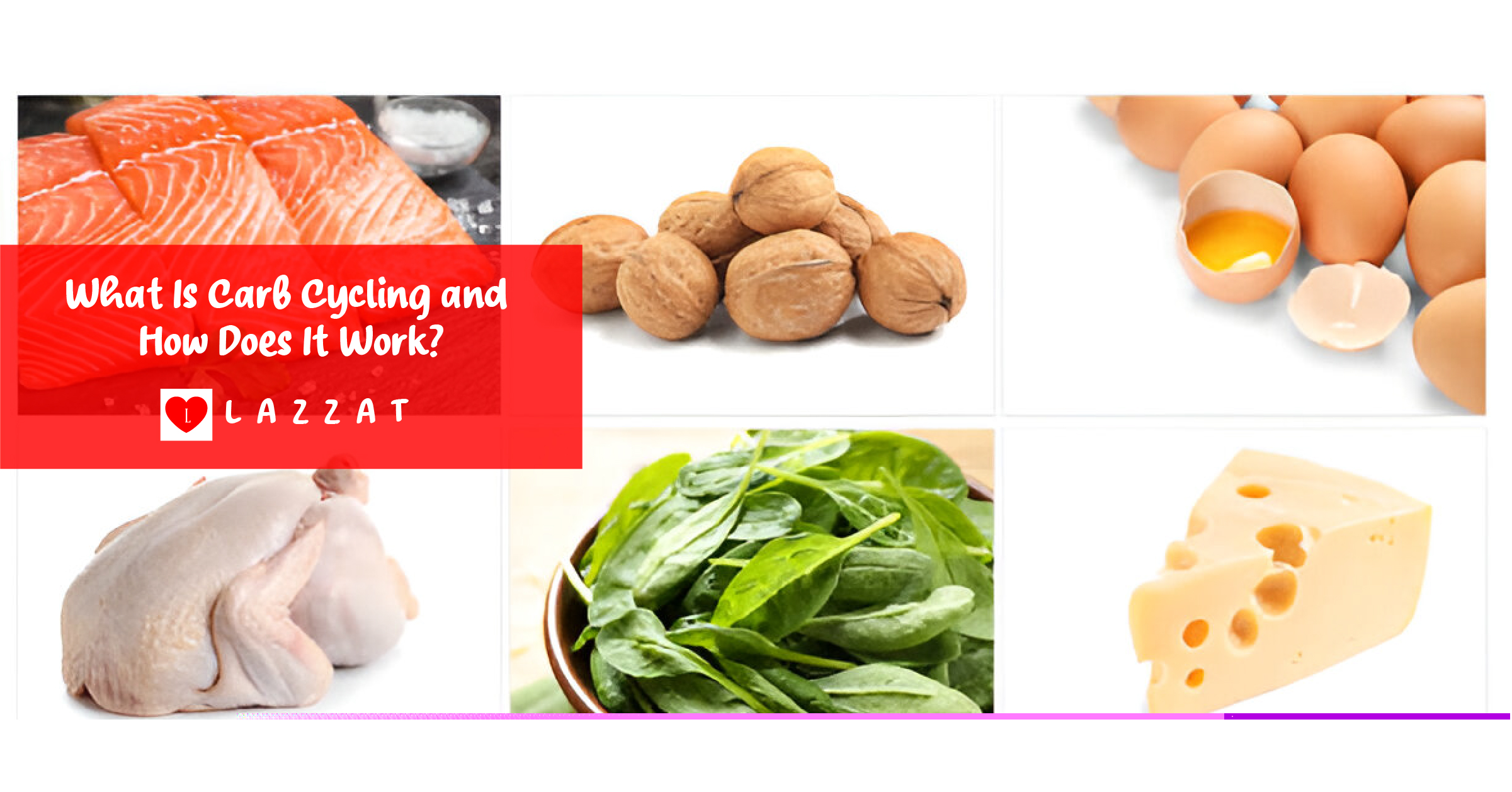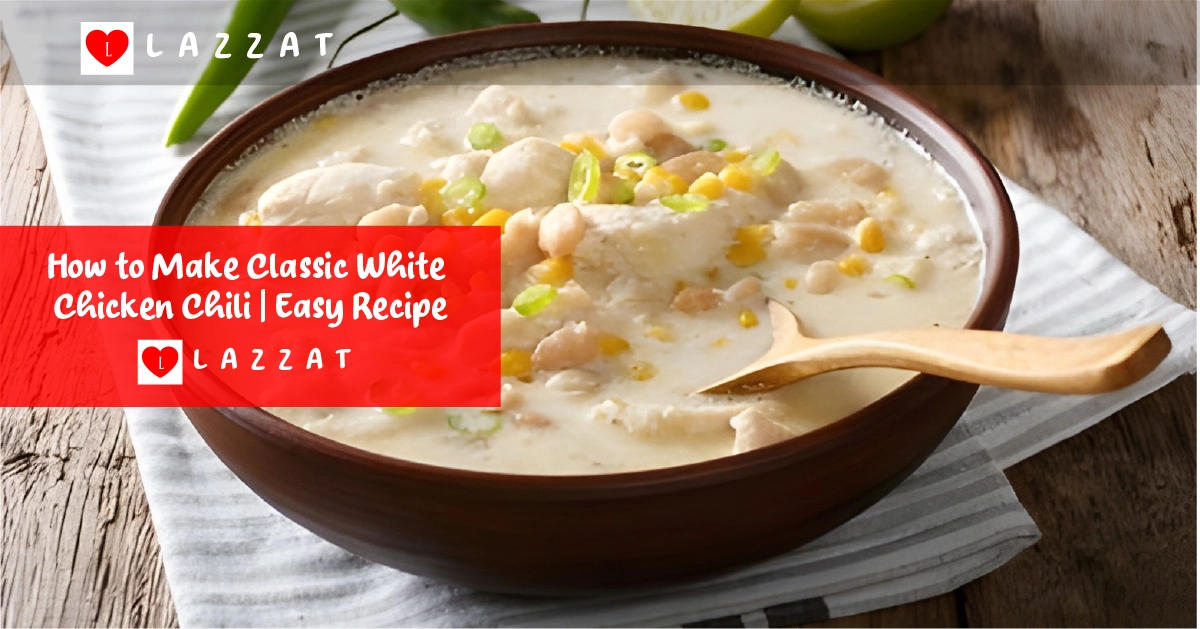Keeping your blood sugar levels healthy is key to your well-being. If you’re dealing with insulin resistance, where your cells don’t respond well to insulin, the right foods can help....
Are you having trouble keeping your blood sugar levels stable? The secret to managing diabetes or prediabetes might be in your diet. Certain foods can help lower and control blood sugar naturally. Hig...







